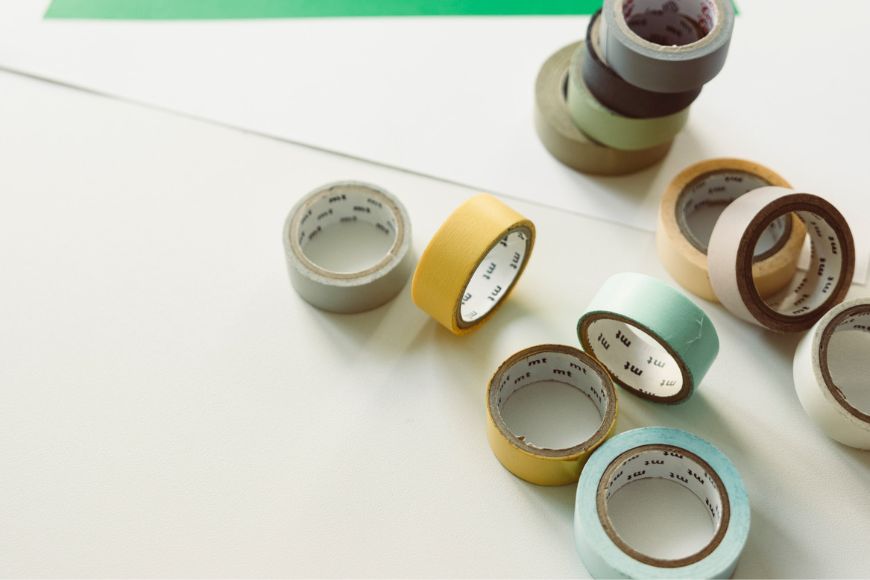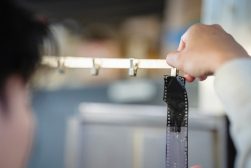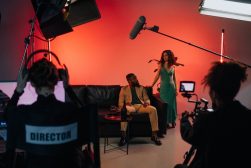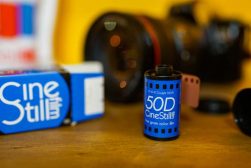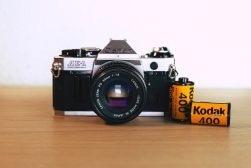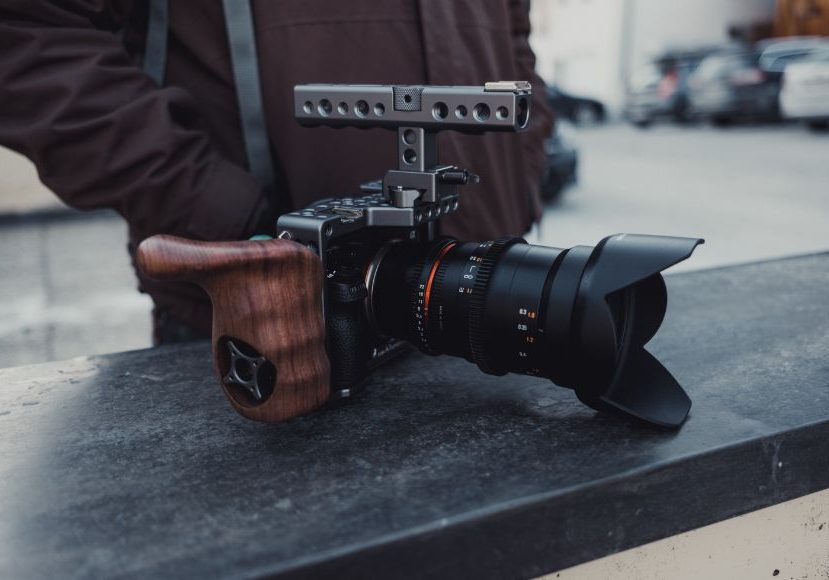
What Does a Gaffer Grip Do on a Film Set?
Explore the pivotal role of a gaffer grip on a film set, delving into their responsibilities in lighting and equipment, including some advice on becoming one.
If you’re into the film industry, you may know the terms “gaffer” and “grip.”
These roles are crucial for fixing up the lighting and camera equipment, respectively.
But have you heard of “gaffer grip”?
A gaffer grip is a hybrid between both a gaffer and a grip, making it a multi-purpose role that takes film production to the next level.
Let’s look further into the roles and responsibilities of a gaffer grip on the production set to understand how to optimize for the best results!
Table of Contents
What is a Gaffer Grip?
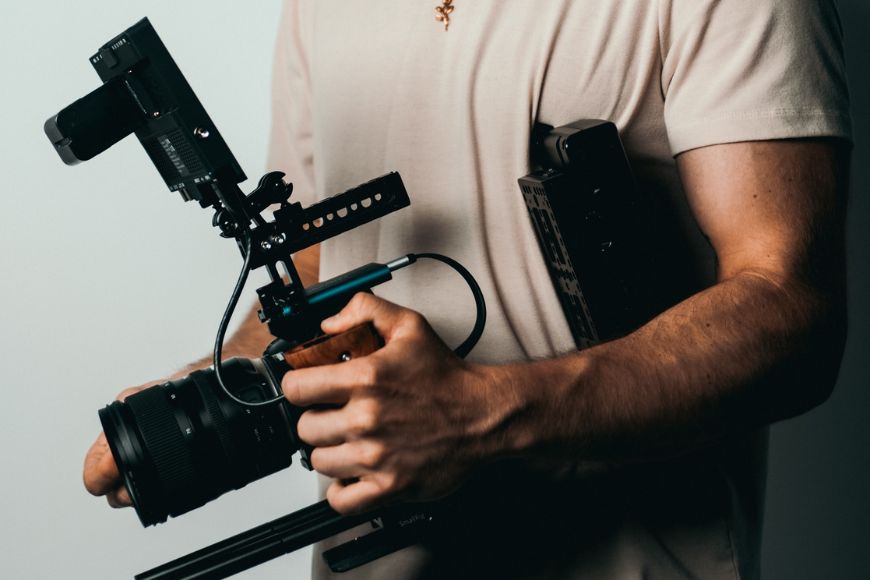
A gaffer grip is a person responsible for lighting and camera equipment on a film set. This means they work closely with both the gaffer and the grip to ensure everything is set up correctly and functioning well.
They’re responsible for setting up the lighting equipment, running cables, adjusting camera angles, and other tasks. In brief, a gaffer grip is the go-to person if anyone has a job related to the camera equipment or lighting on the set.
Gaffer grips play a useful role as they enhance the process of production by preventing any miscommunication between an individual gaffer and an individual grip. This means any issues can be resolved much more quickly.
This also means that a gaffer grip can save the set plenty of time and money, as only one person is responsible for both the gaffer and grip roles.
How Do the Roles Execute Their Responsibilities on Set?
Plenty of departments work together on a set, and some of the most essential are the grip department and electrical department.
The gaffer leads the electrical department, and together they manage the lighting setup throughout the filming. On the other hand, the grip leads the grip department and handles any rigging that goes on behind the scenes.
Both departments are led by the “best boy,” who has a second in command.
What’s a Gaffer?
In a lightning round, a gaffer handles the execution of lighting a scene, sometimes under the title “Chief Lighting Technician.”
They should have the best gaffer tape to set up the scene. They can also handle the design of a lighting scene sometimes.
Key Responsibilities of a Gaffer
The gaffer begins by reading the script and taking notes if there are any special lighting needs to enhance production.
Then, they meet with the team, including the director, producers, DP, and any other stakeholders, to discuss the lighting’s vision.
After that, the gaffer comes up with an action plan regarding how the execution will happen. This includes researching the best lighting equipment and lights that will maximize the quality of the video production.
The next step would be assembling the team, including the best boy, lighting crew, and lighting technicians. The technicians, under the supervision of the gaffer, are responsible for setting up the lights and the electrical equipment.
The gaffer monitors the lighting throughout filming to make sure everything is in line with the vision and takes corrective action whenever that doesn’t happen.
What’s a Grip?
Grips offer camera support during lightning rounds. Their role is extremely crucial whenever the camera is in an inconvenient but necessary position for a shot.
Grips can also contribute to building the lighting equipment with the guidance of the gaffer, cinematographer, or director of photography (DP).
Key Responsibilities of a Grip
Typically, film production has a grip crew that works with the camera and electrical departments. Together, they do the following:
Set up all camera equipment and rigs that the filming crew needs, including cranes and dollies.
The grip also operates the camera operators and camera dollies.
On the other hand, the key grip handles the electrical department and collaborates with the gaffer. They handle setting up the lighting rigs required by the technicians. Key grips also prepare and operate any non-electrical lighting equipment. These include gobos and diffusing materials.
How to Become a Gaffer Grip?
With any production job, you’ll probably start as a production assistant (PA).
During that time, you’ll have to do a lot of observation and learning to hone your skills toward the position you want to get promoted to.
In the process, try to work on the aspects that will make you stand apart as a gaffer grip, which we’ll discuss in this section.
1. Perfect Your Pre-Production Planning
There’s a quote by Abraham Lincoln that says, “If I had eight hours to chop down a tree, I’d spend six hours sharpening my axe.”
This is true of any task at any job in any industry, including film production. That’s why you have to enhance your technical knowledge and skills to plan for a video production process flawlessly.
You should learn more about every aspect of film production, understand how a film project is executed from A to Z, and learn the best ways to assemble a film crew.
Next thing, you’ll have to think about the place you’ll be shooting, covering all the details, especially for outdoor on-location places.
If you’re shooting a dark or sad scene and you need to add a melancholy feeling, you might need to pack a black finish.
This helps you prepare an equipment list exclusive to the items you need, leaving behind any heavy equipment that may not be necessary for the shoot.
With that in mind, some items should always be on the equipment list, like a power strip, gaffer tape, and extension cords.
2. Think About Power Needs
A good gaffer grip needs to do their due diligence when it comes to considering the power needs of the film.
Think about how close you can park to the shooting location because if you can’t be close enough, you’re going to need plenty of extension cords.
I’d say to think about how many extension cords you might need and bring along another two or three.
Moreover, think about the dollies and wagons you may need for the set. These can help move heavy equipment around and portable ones for major gripping. Since they’re foldable, you can set them aside to keep them out of the way.
Finally, make sure to have many AA and 9V batteries around for the audio gear, and make sure they’re charged and ready.
3. Understand the Importance of Equipment
I’ve already mentioned this a couple of times, but the importance of gaffer tape can’t be highlighted enough. Along with the gaffer are the Red Sidewinder tool and Leatherman Waves.
The Red Sidewinder is a small, multi-purpose tool that you can fit into your pocket inside a glass-reinforced nylon housing. You can use it to adjust cameras, rigs, and tripods, and you can get it for around $30.
Alternatively, you can opt for a Leatherman Wave, also a multi-purpose tool that doubles as a wire cutter, spring-action scissor, file, bottle opener, plier, wire stripper, knife, saw, and screwdriver. It’s pricier than a Red Sidewinder, around $70 more, but it’s also a lot more diverse and serves a lot more functions.
It also helps if you have a flexible tripod on hand. Think about a removable head and a 75mm bowl head fitting.
Other excellent features are a counter-balance and drag control, which help with tilting and panning during shooting. Finally, make sure that the tripod has stable legs that keep it standing in any condition.
How Does the Gaffer Grip Work with the Lighting Department?
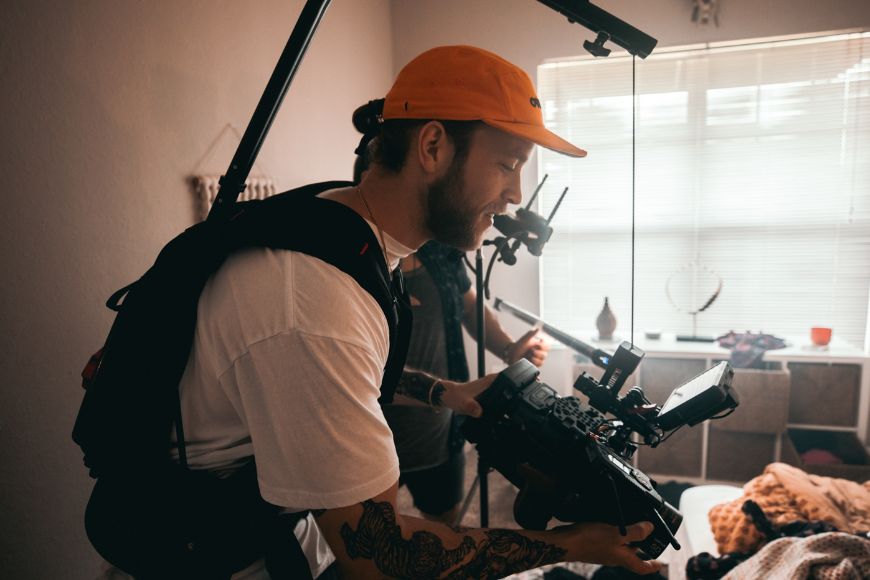
The gaffer grip works closely with the electricians and lighting crew to execute the lighting plan for each scene. As a gaffer grip, you’ll have to make sure that all lighting equipment is properly set up and appropriate for the scene.
Moreover, you’ll have to work closely with the DP and make any necessary adjustments to the lighting plan according to what was agreed upon when discussing the vision.
Where Can I Find Gaffer Grip Jobs?
Whether you’re going to start as a PA or a grip trainee, you can check out the advertisements of film studios to see if there are any available positions.
Moreover, you can visit film commission websites, film job sites, or shadow a key grip to learn the nitty-gritty of the job and qualify yourself to become one.
Finally, you can pave the way by working on low-budget movie sets. Although the pay won’t be great, it’s the best way to get hands-on experience and prepare yourself to apply for sets with higher budgets.
What Is a Best Boy Grip?
The best boy grip is the second-in-command to key grips. They help the key grips manage the grip department and handle the coordination of grip crews to execute the camera support plan.
In addition to that, the best boy grip is also responsible for maintaining and organizing all of the grip equipment, including C-stands, sandbags, clamps and mounts, grip gloves, and rigging equipment.
How Much Does a Gaffer Grip Make?
The pay rates for gaffers and grips can vary according to many factors, including the location, experience, type of production, and the production budget.
According to a 2017 crew survey, experienced key grips can make up to $131 thousand annually.
Middle-budget films and TV shows pay their key grips around $36 per hour, which equates to $59 thousand per year. On the other hand, low-budget sets can lower those numbers to $25 per hour.





